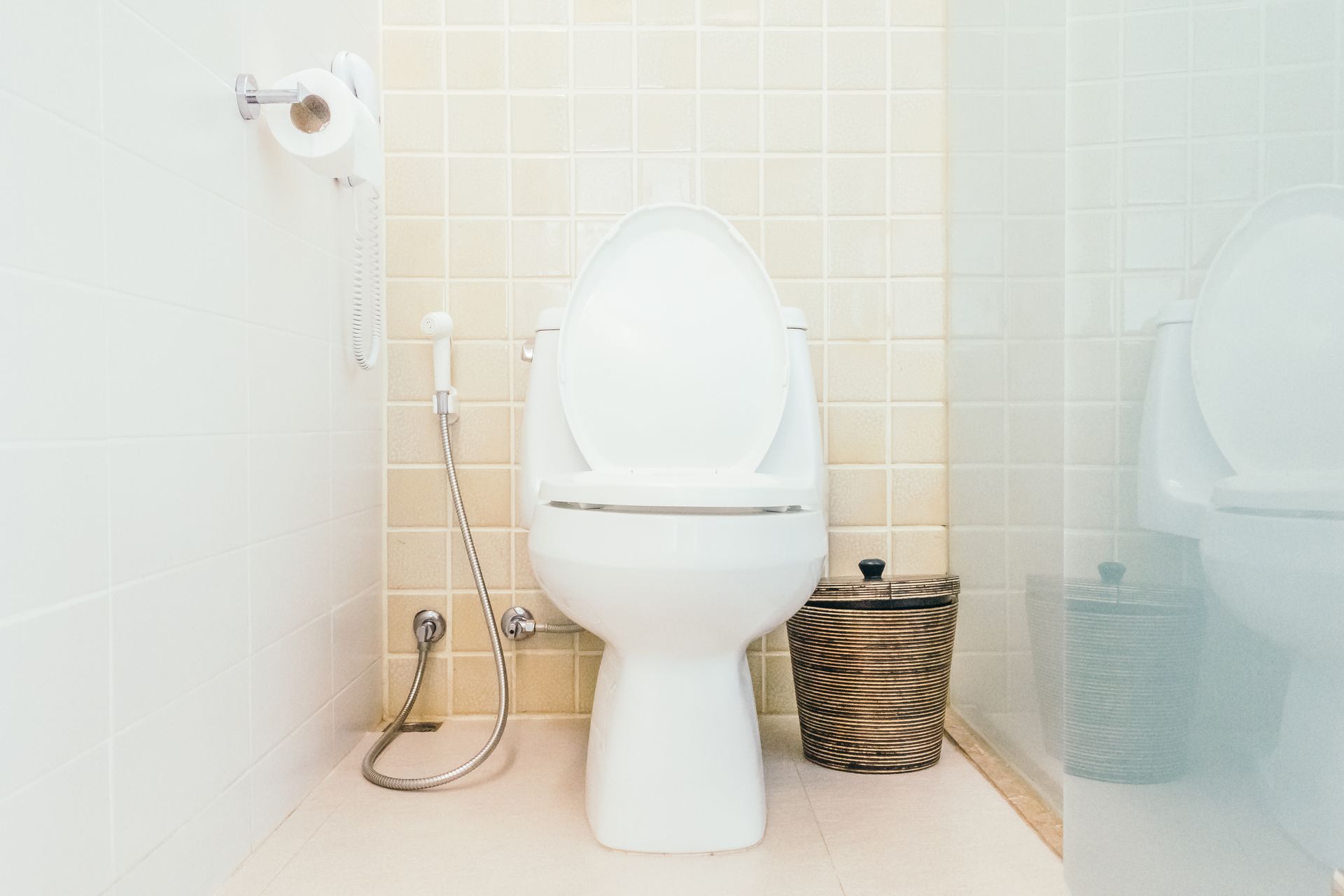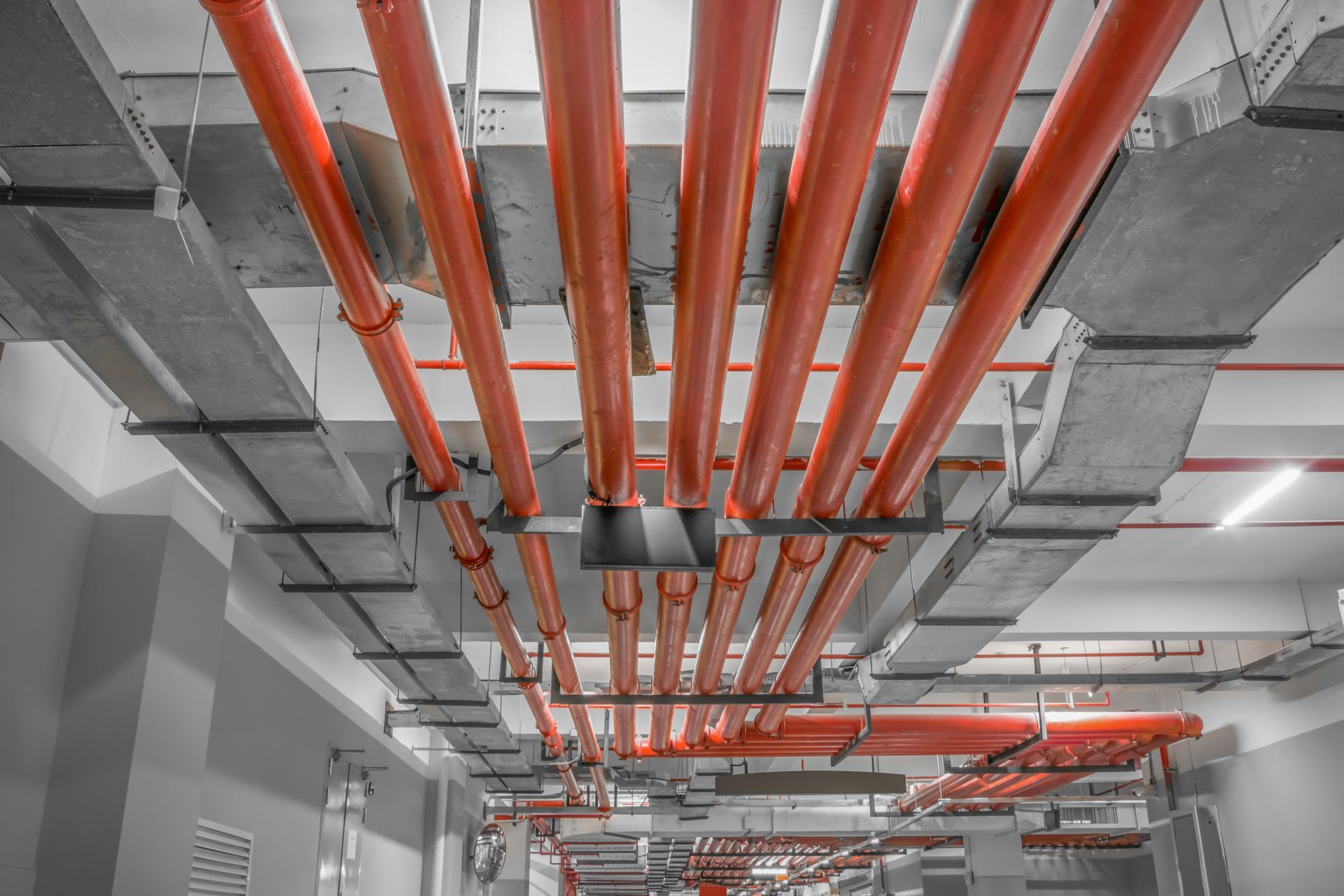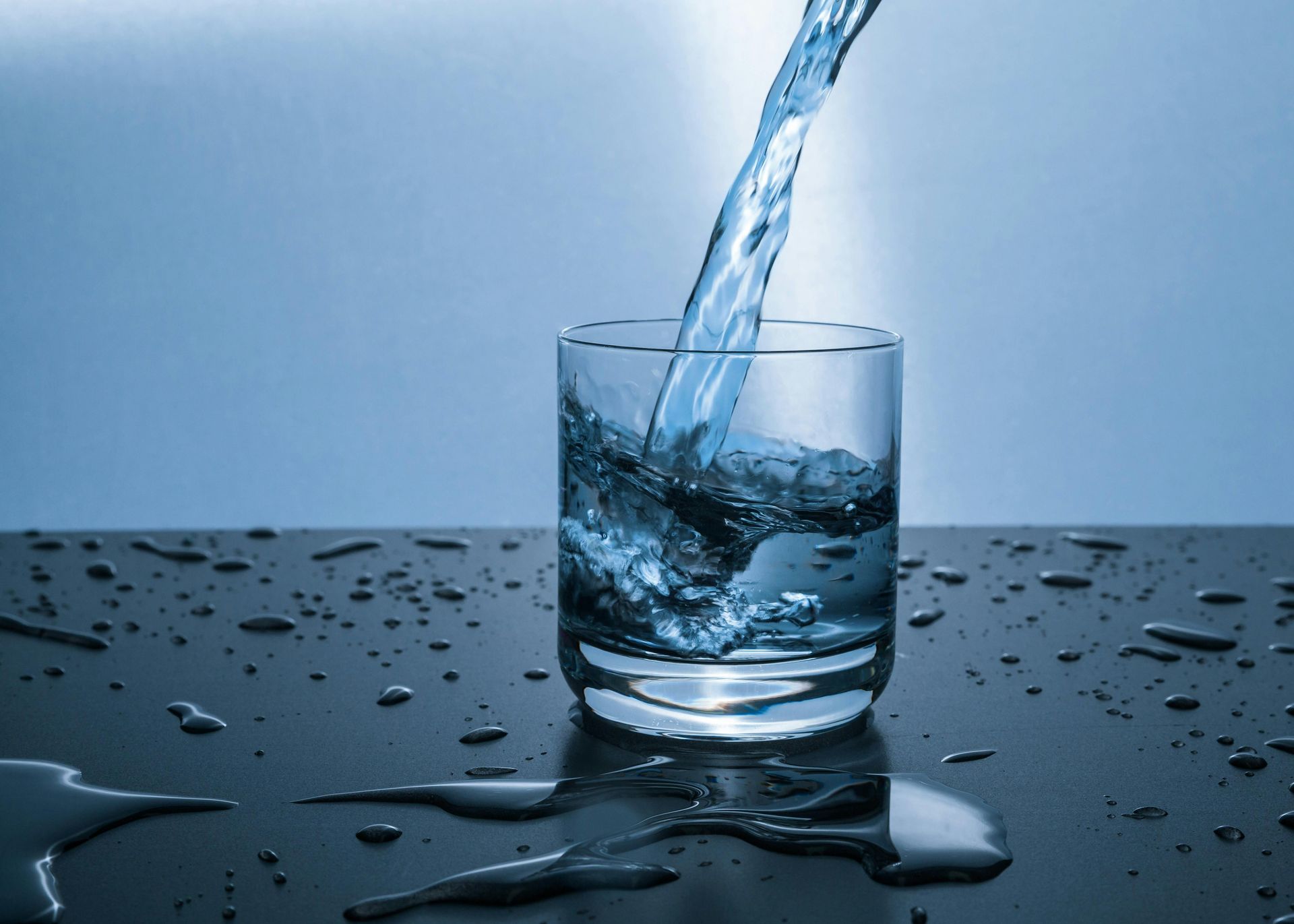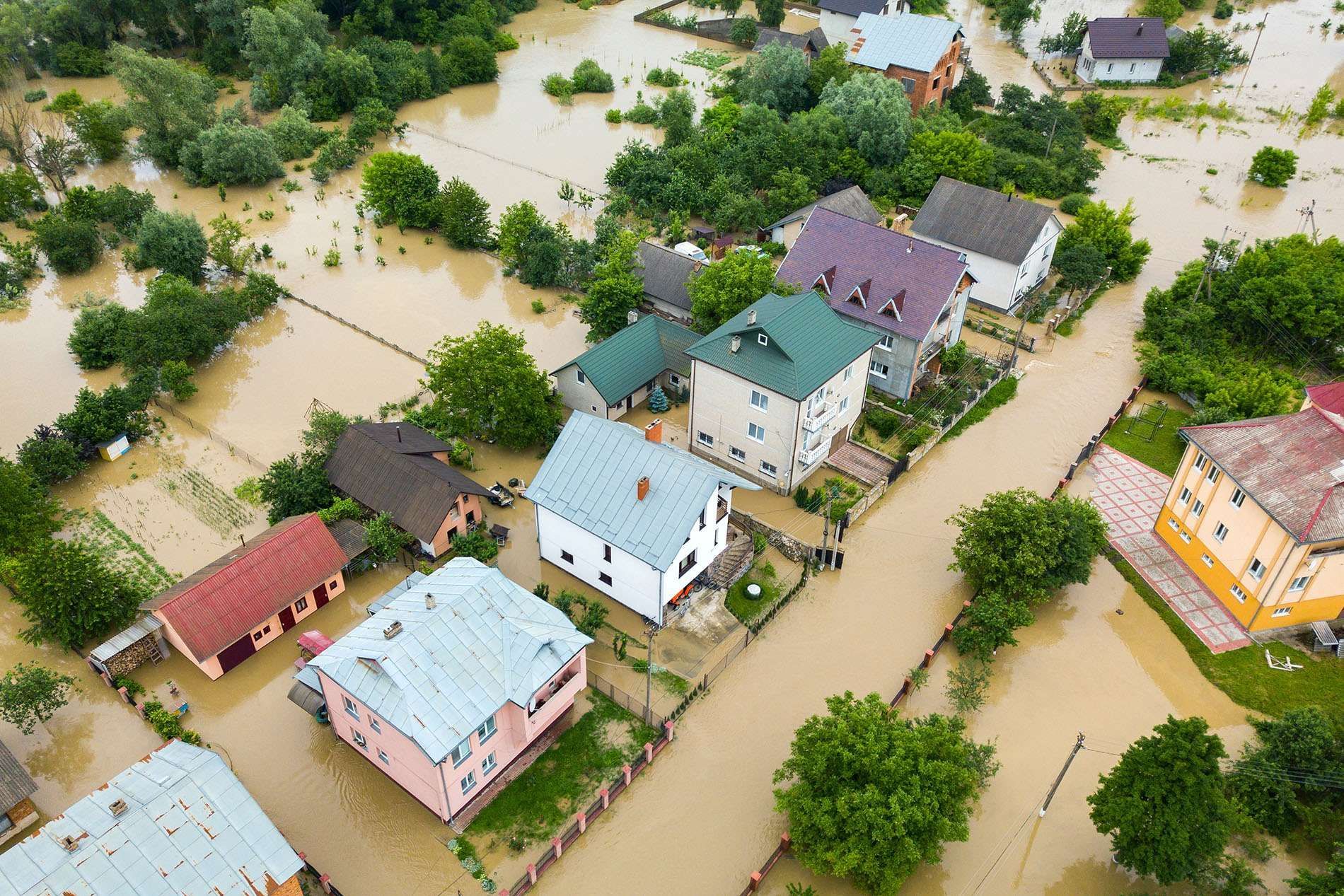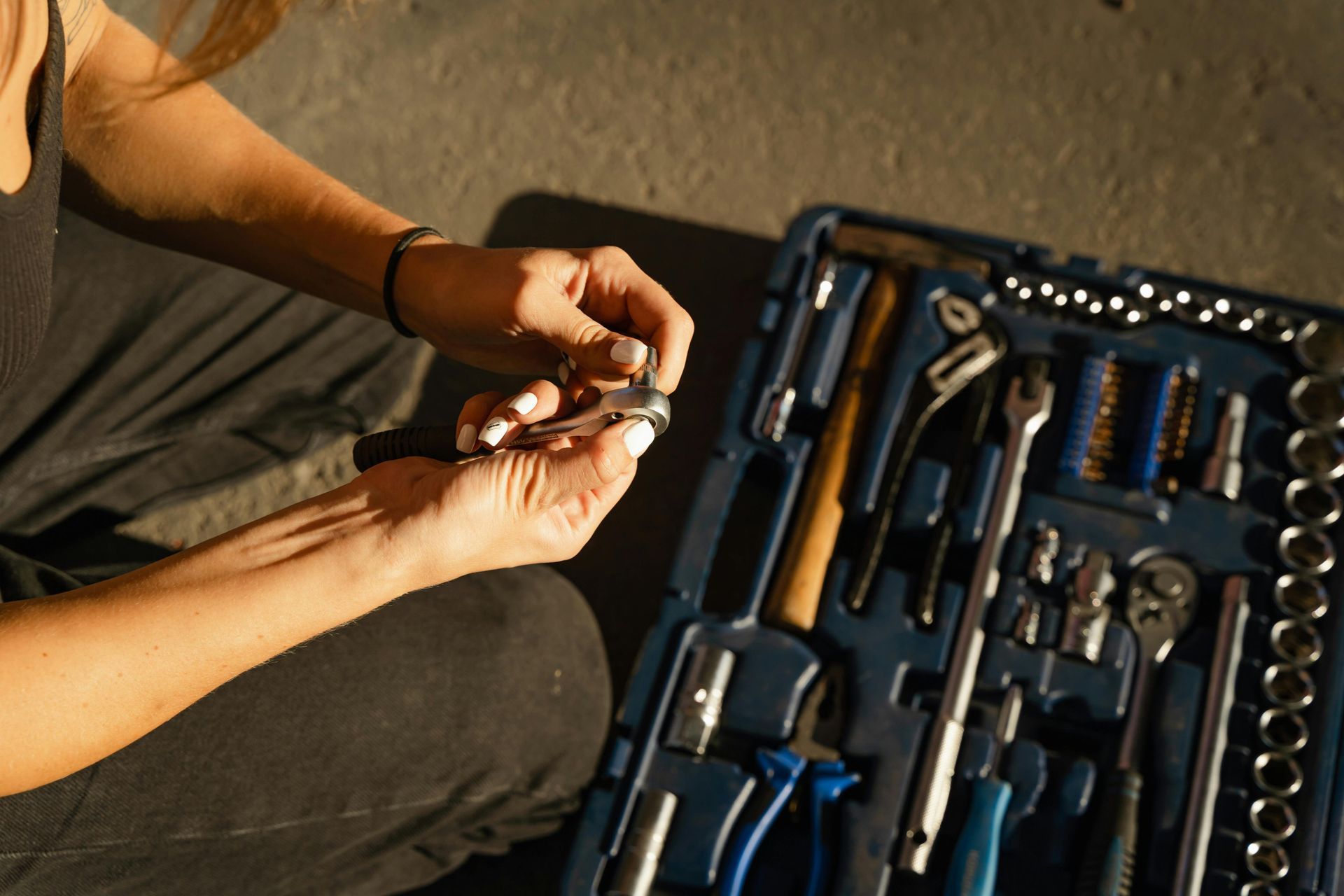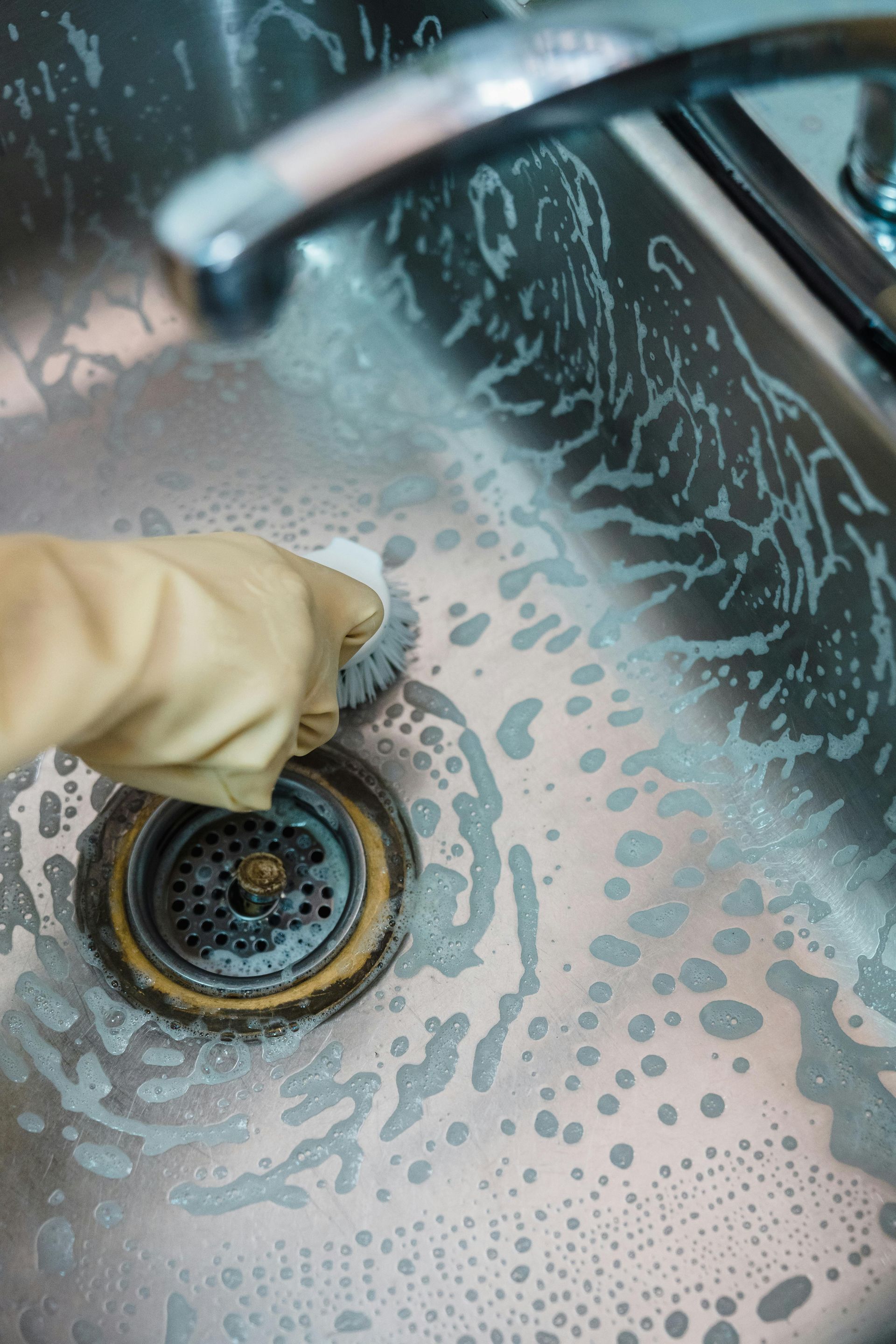How to Maintain Your Lawn Sprinkler System?
Maintaining your lawn sprinkler system is essential for ensuring a lush, healthy landscape and maximizing the efficiency of your home’s irrigation. A well-maintained sprinkler system not only conserves water and saves on utility bills but also prevents costly repairs and extends the lifespan of your equipment. Regular maintenance involves more than just checking for broken heads; it requires a holistic approach that includes system inspections, seasonal adjustments, and integration with other home systems such as sump pumps, drain clearing, and even expansion tanks. This comprehensive guide will walk you through the best practices for maintaining your lawn sprinkler system, helping you keep your yard vibrant and your irrigation system running smoothly year-round.
Understanding Your Lawn Sprinkler System
A typical lawn sprinkler system consists of a network of underground pipes, valves, sprinkler heads, a controller (timer), and sometimes sensors for rain or soil moisture. The system is designed to deliver a precise amount of water to your lawn and garden areas, promoting healthy growth while minimizing waste. However, exposure to the elements, soil movement, and regular wear and tear can lead to issues such as leaks, clogs, and inefficient watering patterns. Understanding the components and their functions is the first step in effective maintenance.
Regular Inspection and Seasonal Startup
Routine inspections are the cornerstone of sprinkler system maintenance. At the start of each watering season, conduct a thorough walkthrough of your system. Begin by turning on the water supply and running each zone individually. Observe the spray patterns and look for signs of malfunction, such as uneven coverage, sputtering heads, or water pooling in certain areas. These symptoms may indicate clogged nozzles, broken sprinkler heads, or leaks in the piping.
Inspect each sprinkler head for damage or misalignment. Heads that are buried, tilted, or obstructed by grass and soil should be cleaned and repositioned. Clogged nozzles can often be cleared with a soft brush or by soaking them in vinegar to dissolve mineral deposits. If you notice reduced water flow, it may be necessary to perform drain clearing on the lateral lines to remove debris or sediment that has accumulated over time.
Checking for Leaks and Water Pressure Issues
Leaks are a common problem in sprinkler systems, often resulting from cracked pipes, faulty valves, or damaged heads. Walk your lawn and look for unusually wet spots, erosion, or areas where the grass is greener than the rest—these can be telltale signs of underground leaks. Addressing leaks promptly not only conserves water but also prevents soil erosion and potential damage to your landscape.
Water pressure is another critical factor. Low pressure may cause poor coverage, while high pressure can damage sprinkler heads and pipes. If you experience pressure fluctuations, consider checking your home’s plumbing system for issues. Installing expansion tanks can help regulate water pressure, protecting both your sprinkler system and indoor plumbing fixtures from the harmful effects of pressure surges.
Seasonal Adjustments and Winterization
Proper seasonal adjustment is vital for efficient irrigation. As weather conditions change, so do your lawn’s water requirements. During cooler months, reduce watering frequency and duration to avoid overwatering and runoff. Most modern controllers allow for easy programming adjustments to match seasonal needs.
Winterization is particularly important in regions where freezing temperatures occur. Before the first freeze, shut off the water supply to the sprinkler system and use compressed air to blow out any remaining water from the lines. This step prevents pipes and valves from freezing and cracking, which can lead to costly repairs in the spring. Don’t forget to drain and store any above-ground components that could be damaged by ice.
Maintaining Valves, Controllers, and Sensors
Valves are the heart of your sprinkler system, controlling water flow to different zones. Inspect valve boxes for leaks, debris, and signs of corrosion. Test each valve manually to ensure it opens and closes properly. Clean or replace solenoids and diaphragms as needed to maintain reliable operation.
Controllers (timers) should be checked regularly for correct programming and battery backup. Replace batteries annually and update schedules to reflect changing weather and daylight patterns. If your system uses rain or soil moisture sensors, clean and test them to ensure they are functioning accurately. Faulty sensors can lead to unnecessary watering or missed irrigation cycles.
Integrating Sprinkler Maintenance with Other Home Systems
Effective home maintenance often requires a holistic approach. For example, if you have a basement or crawl space, it’s important to maintain the sump pump to prevent flooding, especially during heavy irrigation or rainy seasons. A malfunctioning sump pump can lead to water damage and compromise the health of your landscape and foundation.
Similarly, regular drain clearing in your home’s plumbing system helps prevent backups that could affect your sprinkler’s water supply. Keeping all water-related systems in good working order ensures optimal performance and avoids unexpected disruptions. For homeowners who want additional peace of mind, consulting with professionals such as All City Plumbers can provide expert guidance and thorough system checks to ensure every aspect of your irrigation and home plumbing is functioning at its best.
Troubleshooting Common Problems
Despite regular maintenance, issues may still arise. If a particular zone fails to operate, check for electrical problems such as blown fuses or faulty wiring in the controller. For persistent clogs, inspect the lateral lines for roots or debris and perform thorough drain clearing as needed. If you notice inconsistent water pressure or repeated leaks, consult a professional to inspect your system and consider the installation of expansion tanks to stabilize pressure.
Professional Maintenance and Upgrades
While many maintenance tasks can be handled by homeowners, periodic professional inspections are recommended. Licensed irrigation specialists, such as those at All City Plumbers, can perform comprehensive system audits, identify hidden leaks, optimize spray patterns, and recommend upgrades such as smart controllers or high-efficiency sprinkler heads. These enhancements can further reduce water usage and improve the health of your lawn.
Conclusion
Maintaining your lawn sprinkler system is a multifaceted task that requires regular attention, seasonal adjustments, and integration with your home’s broader plumbing and drainage systems. By conducting routine inspections, addressing leaks and pressure issues, winterizing your system, and coordinating maintenance with tasks like drain clearing and sump pump care, you can ensure your sprinkler system operates efficiently and reliably year after year. Don’t overlook the benefits of expansion tanks in regulating water pressure, which protects your entire plumbing infrastructure. With diligent care, occasional professional support from experts such as All City Plumbers, and a commitment to regular maintenance, your lawn will remain vibrant, healthy, and beautifully irrigated for seasons to come.



